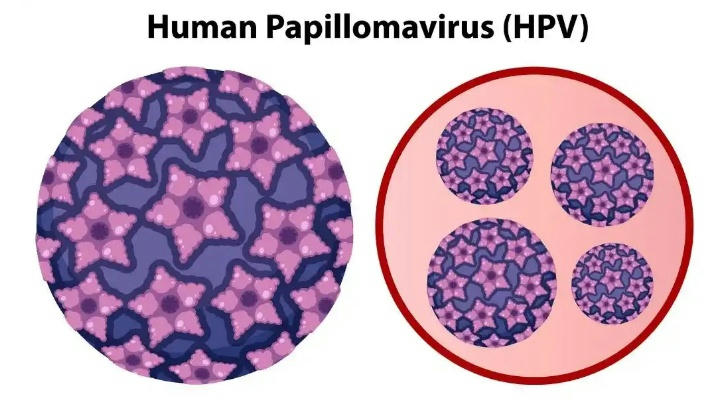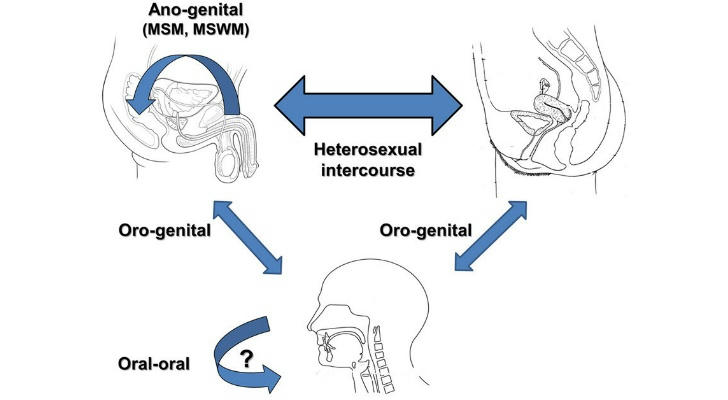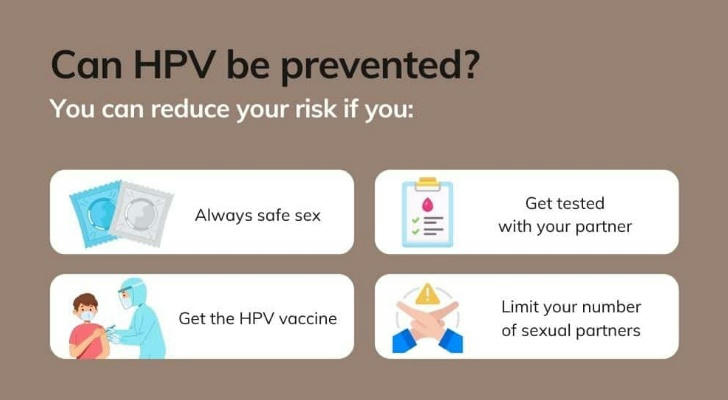Genital Warts Demystified: Prevention, Treatment, And What You Can Do
When it comes to sexual health, one of the most common yet often misunderstood conditions is genital warts. Despite being one of the most prevalent sexually transmitted infections (STIs) in the world, many people remain unaware of what genital warts are, how they spread, and how they can be prevented or treated. In this article, we’ll dive into the facts, debunk myths, and discuss the best ways to protect yourself and others from this highly contagious condition.
What Are Genital Warts?

Genital warts are small growths or lumps that appear on the genital, anal, or mouth areas. They are caused by certain strains of the human papillomavirus (HPV), a group of over 200 related viruses. HPV is one of the most common sexually transmitted infections globally, and while some types can lead to more serious health problems like cervical or anal cancer, the strains that cause genital warts are generally considered low-risk.
These warts can vary in appearance, ranging from small, flesh-colored bumps to larger, cauliflower-like growths. Although genital warts are typically not painful, they can cause itching, discomfort, and sometimes bleeding. While many people with genital warts may not experience symptoms at all, it’s important to note that HPV can be transmitted even when no warts are visible.
How Are Genital Warts Spread?

Genital warts are spread primarily through sexual contact, including vaginal, anal, and oral sex. Even when a person does not have visible warts, the virus can still be transmitted through skin-to-skin contact. This is why genital warts are so easily spread among sexually active individuals.
It’s important to understand that HPV is highly contagious, and even if someone has no symptoms, they can still pass the virus on to others. The risk of transmission is highest during sexual activity when there is direct contact with infected areas, but it’s still possible to contract HPV through other forms of close skin contact.
Although less common, HPV can also be spread through non-sexual routes, such as sharing towels or other personal items, but these modes of transmission are rare.
Symptoms of Genital Warts
Not everyone infected with HPV will develop genital warts. In fact, many people may carry the virus for years without ever showing any symptoms. However, when warts do appear, they typically manifest as small, raised bumps that can be smooth or rough, and they may be pink, flesh-colored, or slightly darker.
Genital warts can appear on the external genitalia, around the anus, or in the groin area. In rare cases, they may also appear in the mouth or throat, particularly in individuals who engage in oral sex with an infected partner. Women may notice warts inside the vagina, which can sometimes cause discomfort or bleeding, while men typically find warts on the penis or around the anus.
While genital warts themselves are rarely painful, they can cause embarrassment, anxiety, and distress. Additionally, if left untreated, they can grow in size or number, potentially interfering with normal sexual activity.
Prevention: How to Protect Yourself from Genital Warts

The good news is that genital warts can be prevented with some simple yet effective strategies. Here are the best ways to reduce your risk of getting infected:
Get the HPV Vaccine The HPV vaccine, such as Gardasil 9, is a highly effective way to prevent the types of HPV that cause genital warts. It also protects against the high-risk types that can lead to cancer, such as cervical, anal, and throat cancer. The vaccine is recommended for both boys and girls, ideally between the ages of 11 and 12, although it can be given to people up to the age of 26 (and sometimes beyond, depending on individual circumstances).
Use Condoms Consistently While condoms are not 100% effective at preventing the spread of HPV, they significantly reduce the risk of transmission. Condoms act as a barrier to direct skin-to-skin contact, which is the primary way HPV is spread. Using condoms for all sexual activity, including vaginal, anal, and oral sex, can greatly lower your chances of contracting genital warts and other STIs.
Limit Your Number of Sexual Partners The more sexual partners a person has, the higher their risk of encountering an STI, including HPV. Limiting the number of sexual partners reduces your exposure to potentially infected individuals and lowers your overall risk.
Regular Screenings and Health Check-ups Regular visits to your healthcare provider for STI screenings are important. Women should have routine Pap tests, which can detect changes in cervical cells caused by HPV. Early detection can help prevent complications, such as the development of cancer. Even if you don’t have symptoms, it’s important to get screened regularly.
Abstaining from Sexual Activity The only way to completely avoid HPV and genital warts is to refrain from sexual activity altogether. While this may not be a practical option for most people, it’s important to be aware that abstinence eliminates the risk of transmission.
Treatment of Genital Warts
While there is currently no cure for HPV itself, the good news is that genital warts can be treated. Several treatment options are available to remove warts and manage symptoms:
Topical Treatments Doctors may prescribe topical treatments, such as imiquimod (Aldara), podophyllin, or trichloroacetic acid, which can be applied directly to the warts. These medications work by stimulating the immune system or chemically destroying the wart tissue.
Cryotherapy (Freezing) Cryotherapy involves freezing the warts with liquid nitrogen. This procedure causes the warts to fall off over time. It may require multiple treatments for the best results.
Laser Treatment For larger or more persistent warts, laser treatment can be used to remove them. This treatment is effective but may be more costly and require local anesthesia.
Surgical Removal In some cases, warts may need to be surgically removed, especially if they are large or resistant to other treatments. This is typically done under local anesthesia.
It’s important to remember that while treatment can remove the visible warts, it does not eliminate the virus from your body. HPV can remain dormant in the system and may cause warts to reappear at any time.
Conclusion
Genital warts, though common, are preventable and treatable. With proper prevention, such as vaccination and safe sexual practices, individuals can significantly reduce their risk of contracting HPV and developing genital warts. Regular screenings and early treatment can help manage the condition if it arises, allowing individuals to maintain their sexual health and overall well-being.
By staying informed, practicing safe sex, and seeking timely medical advice, you can take control of your health and protect yourself and your partners from the risks of genital warts and other sexually transmitted infections. Remember, your sexual health is an important part of your overall health, and taking steps to protect it is essential for a long, happy, and healthy life.
